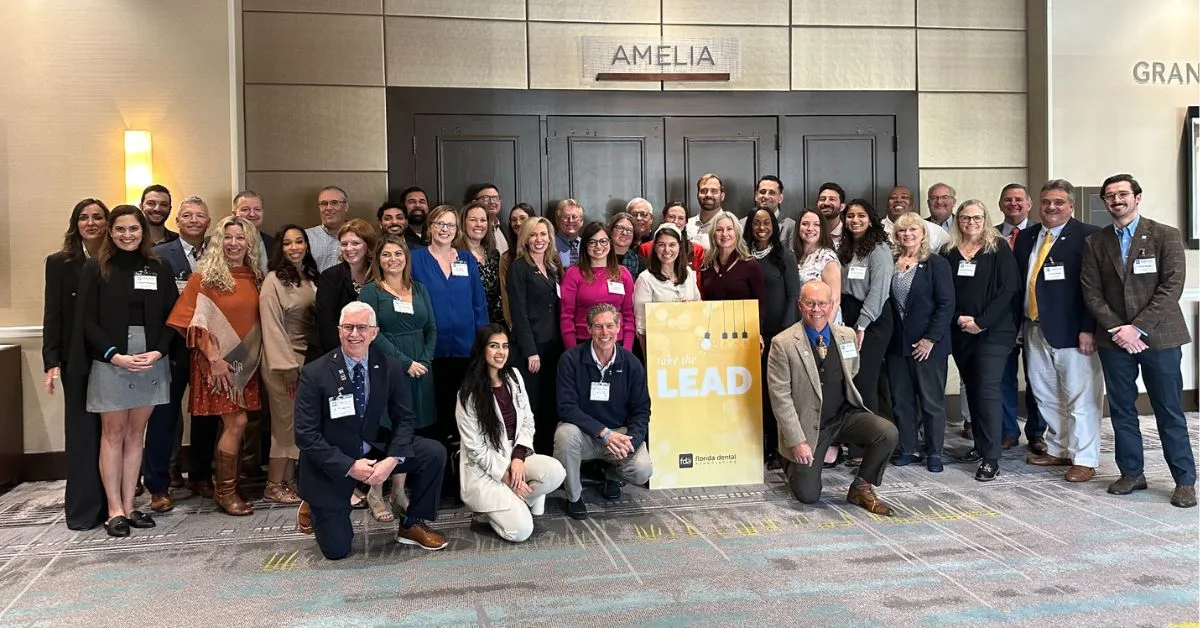So you’ve recently had your braces placed and you’re excited to start seeing some changes in your smile. We are too! While your first week with braces can be a big adjustment, it won’t be long until you find your flow with caring for your budding smile.
Throughout your braces or Invisalign journey, you may run into a few surprises or situations you’re not sure how to handle. Not to worry! Dr. Caudill, Dr. McNeight, and our talented team are here to support you with resources and expert hands to quickly resolve any issue or discomfort you’re experiencing.
Here’s your quick guide on everything you need to know and what to do if you encounter orthodontic emergencies.
What are orthodontic emergencies?
Before we dive into handling broken or pokey wires, it’s important to understand there are two types of orthodontic emergencies.
A true orthodontic emergency should be handled just like any other medical emergency – by going to your nearest ER or by calling 9-1-1. Here’s a few signs this is the case for you:
- You’ve experienced trauma to the face or mouth
- Your tooth has been knocked out and won’t stop bleeding
ER nurses and doctors will help control any bleeding and get you patched up for any further specialist assistance. Once any broken bones, fractures, or concussions are ruled out or treated, you should double-check your braces or Invisalign attachments to see if there’s anything wrong with them, such as cracks or loose attachments. If this happens, give us a call and we’ll schedule a repair appointment ASAP.
The other type of orthodontic emergency is a minor or common orthodontic emergency. Most of these problems can be fixed at home, but if you can’t fix it on your own, give us a call as soon as possible.
Here’s a few different scenarios of orthodontic emergencies and what you need to do for each one.
Braces bracket issues
Loosened brackets or brackets coming off your teeth can happen! Usually this is the result from eating hard or sticky foods, playing with your brackets, or bumping into something with your braces.
So what should you do when this happens?
If a bracket comes loose or breaks, leave it in place and cover it with wax – this helps secure it and give you a more comfortable fit.
If the bracket breaks off entirely, just remove it and put it in a bag to bring with you to your repair appointment.
Worried that this may ruin your treatment? Rest assured, your braces will still work properly without your bracket, but you should always call us as soon as possible! Dr. Caudill or Dr. McNeight will be able to repair your bracket or affix a new one at your emergency orthodontic appointment.
Braces wire issues
Sometimes things can go wrong or become uncomfortable with your braces archwires. Here’s a few common things those in orthodontic treatment can experience.
Problem: Broken wire
How to fix: If it can be removed easily, carefully take the broken piece out. Then give us a call or text to schedule a repair appointment.
Problem: Wire slipped out of tube
How to fix: Use tweezers to carefully thread the wire back into the tube bracket. If it doesn’t click or lock in place, give us a call or text.
Problem: Pokey steel tie
How to fix: Depending on where the steel tie is located, you can push it back into line with your braces wire using the end of your toothbrush or a clean pencil eraser. If the wire still pokes, put some wax on it until we can see you in the office. A daily warm salt water rinse will also help get rid of any discomfort from your sore cheek or gums where this wire had poked.
Tooth issues
Tooth soreness
As your teeth and gums adjust to your new braces or Invisalign, you will experience tooth soreness on and off – usually the first week and after braces adjustment appointments. This means your treatment is hard at work, slowing moving your tooth roots through your alveolar bone at a path your orthodontist sets with each adjustment.
While your braces are busy making your dream smile, there’s a few things you can do to help relieve any discomfort.
- Try to stick to softer foods
- Do a warm salt water rinse
- Take a pain-reliever like Tylenol or Advil as needed
Teeth feel loose
This can feel a little weird at first! But you should know that tooth loosening is common. As we talked about earlier, your tooth roots are slowly moving in through bone that is constantly being broken down and rebuilt. But to first move your teeth into a healthy position, your teeth have to loosen. Your braces or Invisalign do this by applying gentle, consistent pressure. Once your braces are removed, you’ll begin to feel your teeth tighten back up as the pressure from your braces is gone and the bone that supports your teeth strengthens.
Still have questions about orthodontic emergencies?
If you have a minor orthodontic emergency at home or out-and-about, it’s always a good idea to give us a call or text if you can’t fix the problem on your own. Please don’t hesitate to reach out to us with any questions!
If you happen to call during non-business hours, you can leave a message and we will return your call once our offices open to schedule a repair appointment. If immediate care is needed, our on-call doctor will be available through a contact number on our voicemail.
Knowledge is power! Our team is happy to provide instructions and resources to help you care for your smile-in-progress and beyond. And letting us know of any minor issues you experience during your treatment can help us better plan for your comfort at your adjustment appointments.
Thinking about coasting into your dream smile with us? Request your complimentary orthodontic exam with our experienced orthodontists in Merritt Island, Melbourne and Viera today!





